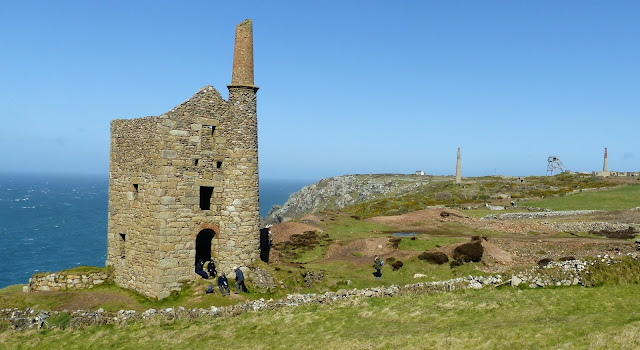It is just over 6 months ago that a pandemic was declared, and countries around the world had different ways of dealing with the virus. Italy, then the worst affected European country, was the first to go into complete lock-down.
The UK government’s controversial strategy at that time was to minimise the impact of Covid-19 by allowing the virus to pass through much of the population, to produce herd immunity, but at a much delayed speed so that those who suffered the most acute symptoms would be able to receive the medical support needed, and such that the health service would not be overwhelmed and crushed by the sheer number of cases at any one time. The initial advice was to avoid public places, such as pubs and restaurants, but days afterwards the decision was made to go into lockdown.
Sweden was the only European country not to impose tough lockdown procedures and was vilified in many quarters for doing this. But now, as cases surge again across Europe, leading to new restrictions such as the mandatory wearing of masks in many public areas, the infection rate in Sweden is the one of the lowest in Europe, maybe vindicating its decision to aim for herd immunity.
On the 2nd day of the month children in UK returned to school for the first time in 6 months, a week later students returned to Universities, and the exodus of tourists from Cornwall slowly began. Falmouth also said farewell to the luxury residential cruise ship The World, which had been a feature of the harbour for almost 4 months. Due to the pandemic the vessel was taken out of service on March 17, and all residents, guests and non-essential crew were disembarked by March 20.
 |
| The World in Falmouth Harbour |
 |
| Falmouth says farewell to The World |
Hospital cases in UK have been low, as the majority of those testing positive are young people with only minor symptoms, but who do, of course, have the potential to pass the virus on to the more vulnerable. Not unexpectedly due to earlier relaxation of restrictions and people interacting with each other again the infection rate increased rapidly around the middle of the month and tighter restrictions introduced for group meetings meant that the Cornish Mining Sundowner had to be cancelled, and for the foreseeable future, and inevitable outbreaks at Universities led to the quarantine of many students in Halls of Residence.
 |
| Peter Brookes, The Times, September 23rd |
The future is still very uncertain and although I have sat in a few webinars, I certainly miss the face to face international meetings, the last being over 7 months ago. The photo below was taken on the morning of Wednesday 26th February at the SME Annual Meeting in Phoenix.
 |
| At the Mining Media booth with Carly Leonida and Dan Fitts |
Little did I know at the time that it would be the last conference photo for a considerably long time. I left Phoenix on that day looking forward to the next major event, Comminution '20, but two weeks later we had to postpone this until 2021 due to the rapid development of the pandemic. Six months later the SME Annual Meeting became the latest Coronavirus casualty, the planned event next March now being a virtual event.
And finally a little light relief from the pandemic. After 7 months confined to Cornwall, Barbara and I escaped last weekend for a few days across the border in East Devon.
We stayed in Exmouth, the beginning of the 96 mile length of coastline known as the Jurassic Coast, a World Heritage Site which would perhaps have been more appropriately named the Mesozoic Coast, as the exposed cliffs are the sediments of the Triassic, Jurassic and Cretaceous Periods.
In the Triassic, this area was an arid iron-rich Pangean desert, which was later covered by shallow Jurassic and Cretaceous seas. The coast takes its name from the beautiful Jurassic limestones, particularly around the Lyme Regis and Charmouth area in Dorset, a world famous haven for fossil hunters.
What makes this coastline so fascinating is that a slight tilting east during the Mesozoic, and erosion during the Mesozoic and Quaternary eras, has left continuous outcrops representing 185 million years of the earth's history from the Triassic to the Cretaceous.
We walked the first 5 miles of this stretch, from Exmouth to Budleigh Salterton, where the cliffs are composed of New Red Sandstones, the sediments from the tropical desert of around 250 million years ago.
 |
| The oldest rocks on the Jurassic Coast, the red sandstone cliffs at Orcombe Point, Exmouth |
 |
| Sandy Bay, half way between Exmouth and Budleigh Salterton |
 |
| The Triassic pebble beach at Budleigh Salterton |
 |
| Back into Cornwall, for goodness knows how long! |
@barrywills







































-EDIT.jpg)




